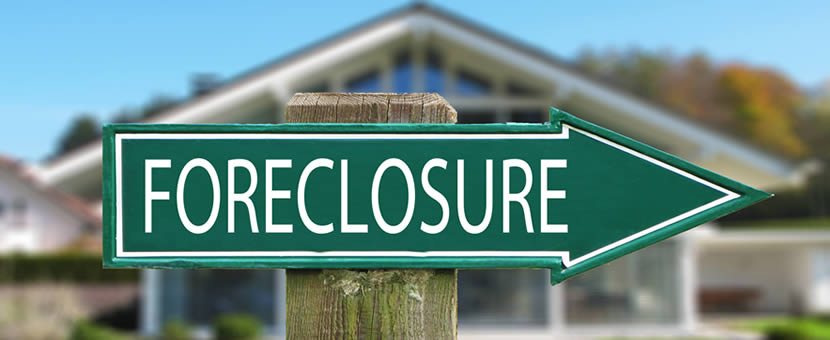Understanding How Foreclosures Work

Foreclosures are acts of last resort by banks. There are federal government measures that discourage repossession, and in many instances, consumers may use these to avoid foreclosures too. For this reason, we encourage homeowners to resist repossession notices with determination, because they do not have to sit back and accept the inevitable foreclosure of their home. This article provides simple answers to the question, "what is foreclosure" and how does it work.
"Foreclosed homes" is the term that applies houses, apartments, and condos when a bank has repossessed them. These foreclosure homes then become part of bank inventories because the lender now owns them. Repossessed homes like these called "repos" for short.
Banks and other lenders do not like to own foreclosures because this is not part of their business model, and for this is why they are keen to sell them soon. They publish their foreclosure listings on their websites in the hope that people will bid for and buy their home foreclosures too. Banks often find that the foreclosure process does not work out the way they wanted - nobody turns up to buy their inventories, and they sometimes wish that they never repossessed the piece of real estate. For this reason, banks are usually willing to negotiate rather than foreclose, and this is the consumer's strength.
Foreclosures sometimes originate because not all homeowners know how to buy their homes properly in the first place. Typical errors include purchasing beyond their means and accepting risky finance offers. Experienced consumers understand that while investing in a family home may seem like a romantic idea, they must also be able to afford one or else they may see it up for sale again by their bank.
Remember this cold logic when you find your ideal home for sale. Can you afford the payments if interest rates go up, or could you become another homeowner facing foreclosures too?